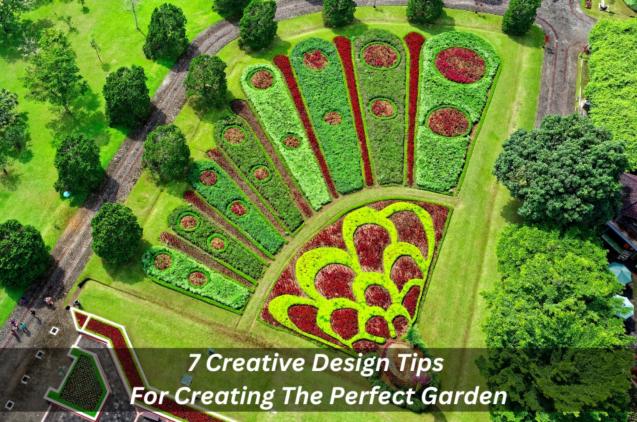
What's The Difference Between Shotcrete And Retaining Wall?
The two main types of retaining walls are masonry and concrete.
Masonry retaining walls are usually stronger and more durable, but they cost much more to construct. It is generally considered the better option because they offer superior strength and durability. If you want to build a strong retaining wall that lasts a lifetime, then you should consider using masonry. It's the best type of retaining wall, but it does require some experience and good materials.
Concrete retaining walls are typically cheaper and easier to build, but they don't last very long.
It works by supporting weight. Because they're made of reinforced water cement, they're significantly less likely to give way during an earthquake. That doesn't mean they'll hold up indefinitely, however. Over time, rainwater can get inside the void spaces in a concrete block wall and cause damage.
In this case, reinforcement helps reinforce the wall against breakage. Because reinforcement has been added to the blocks, those blocks have increased weight and become less likely to move.
Concrete retaining walls are usually constructed at property boundaries, like so:
A foundation is first poured onto an existing structure. Then, the space for the spray concrete block wall is dug out. This is done by making cuts into the ground stabilisation with a backhoe. Once the excavation has been completed, the concrete is mixed on-site and formed into the shape of the block wall.
Once the wall has cured, it can be finished with a layer of stucco (a mixture of cement, sand, gravel and water) and paint.
This process is called "shotcrete" and it uses compressed air to shoot concrete into place. When it comes to building your own pool construction, there are many different ways to do this, including shotcrete. It's important to understand what you need to find out about these procedures before starting a project.
In order to use shotcrete, you'll need access to a compressor or pressure washer and a hosepipe. You'll also need a clean area to mix the cement and sand together. These supplies will vary depending on which company you hire.
For example, if you hire a contractor who specializes in concrete, he may already have everything you need on hand. He'll know exactly what tools he needs and what steps to take when preparing the site. If you hire a general contractor, however, you'll probably have to buy most of these things separately.
Shotcrete vs. mortar. For both concrete and brick retaining walls, the key difference is that shotcrete is sprayed directly onto the material while mortar must be applied to form.
Shotcrete is easy to apply and provides a uniform finish. Plus, it saves on labour costs as no formwork is needed.
But what happens if the surface you're working on isn't flat? Or what if you want just one specific spot covered? Either situation would require forming a support frame for each section of the wall.
Shotcrete is generally not recommended for small projects because it requires a lot of time to dry. Most contractors suggest waiting 2-3 days after spraying before driving over the wet process concrete.
Some people think that shotcrete is less expensive than mortar, but this is often untrue. While some companies charge more for shotcrete, others offer it for free. The quality of the product depends on the skill of the person applying it. So if you choose to use shotcrete, make sure you go with someone who specializes in the technique.



